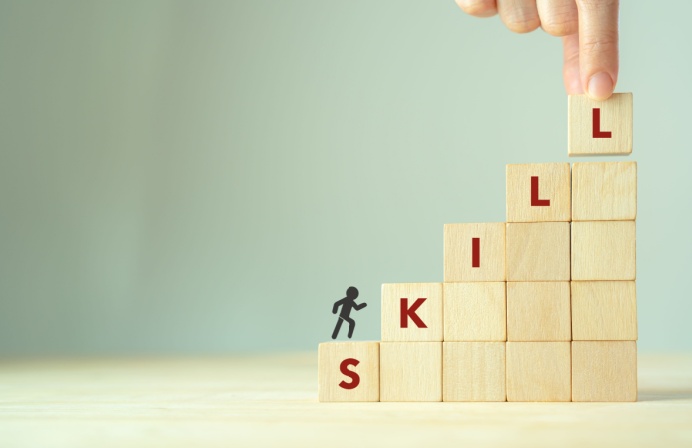
The Australian Bureau of Statistics (ABS) has released new Covid-19 online datasets to help government and industry prepare for post-pandemic recovery.
The data, available from May, offers a snapshot of Australia’s health, safety, and social trends, together with trading, retail data, and economic-labour market analyses.
Quantifying the impact of Covid-19 is critical to economic recovery, said Dr David Gruen, the Bureau’s chief statistician.
He told a business briefing that governments, industry, and communities faced uncertainty in the post-Covid-19 world.
The next phase of this crisis was deciding how, when, and to what extent to lift restrictions on individuals and the economy.
“This is arguably the phase with the greatest reliance on data,” Gruen said.
Data shared by the Bureau will cover the impact of Covid-19 on households, businesses, and the performance of payroll and wages.
Australia’s trade figures, merchandising and retail, and overseas arrivals and departures data have also been made available.
Plans afoot for ATO collaboration
Gruen revealed that the Bureau and the Australian Taxation Office (ATO) are also discussing plans to collect information from the Single Touch Payroll system (STP). This system’s software is used by businesses to report information about wages, superannuation, and tax payments to the tax office.
The STP offers a new way to report tax and superannuation information, according to the ATO.
Businesses can immediately report employees’ payroll information – such as salaries and wages, pay as you go (PAYG) withholding and super – to the ATO each time they pay them through STP-enabled software.
Growing reliance on data and mapping
Among the Bureau’s online information-sharing arrangements, confidentialised ‘microdata’ – or data without identifying persons or organisations – has been made available for researchers to produce tables, graphs, and maps.
The Bureau has also released interactive employment distribution maps.
Gruen said this data was first shared with the federal Treasury before being made public in March.
The Bureau is also sharing online maps to support an assessment of how Covid-10 has impacted jobs across regions.
In one instance, one map highlighted the distribution of employed people aged 50 years and older across Brisbane and Sydney. This was before social distancing was introduced.
Gruen said the map showed Sydney had a higher concentration of locations where older workers lived – a demographic considered at greater morbidity risk from Covid-19.
Among the information being shared, data-modelling and visual maps have, according to Gruen, helped decision-makers recalibrate policy in sync with local conditions.
Other maps showed the modelling of smaller areas or “small area estimation” of the chronic health conditions. These were used to identify at-risk communities.
The NSW Government has used similar aggregated, small area data to design and deliver the more localised containment plans.
‘Rich vein’ of real-time information
Gruen said the Bureau’s online data access opens a ‘rich vein’ of information, being shared in real-time.
He said the Bureau has also released preliminary data involving retail trends, with the data revealing increased urgency of consumers to stockpile goods in preparation for the pandemic.
“It revealed a doubling in monthly turnover for products such as toilet and tissue paper, flour, rice, and pasta.
“The arrival of the coronavirus meant that providing public access to this rich vein of detailed near real-time information became an urgent priority,” Gruen said.
Rapid-response surveys track impact coronavirus
In the last two months, the Bureau has introduced two new rapid-response surveys to track the trajectory of the coronavirus and impact on business or communities.
The first survey measured the pandemic’s impact on 1,200 businesses. This showed that – before the Stage 1 social distancing restrictions – 49 per cent of businesses reported an immediate adverse impact from Covid-19.
Another 86 per cent expected future adverse impacts. After Stage 2 social distancing restrictions were introduced, and upon the Government’s announcement of the JobKeeper package, the Bureau’s survey found nine in ten businesses were operating with significant operational changes.
Up to 55 per cent of businesses had temporarily reduced staff working hours. Another 52 per cent changed staff work locations, including working from home.
Embracing social distancing
Another survey of more than 1,000 households found social distancing restrictions were being taken seriously.
In their feedback, 98 per cent of respondents said they were keeping their distance from others.
Many said they were avoiding public spaces and events (88 per cent) and cancelling social gatherings (87 per cent).
The survey found people aged 65 years and over were self-isolating more than younger age groups.





